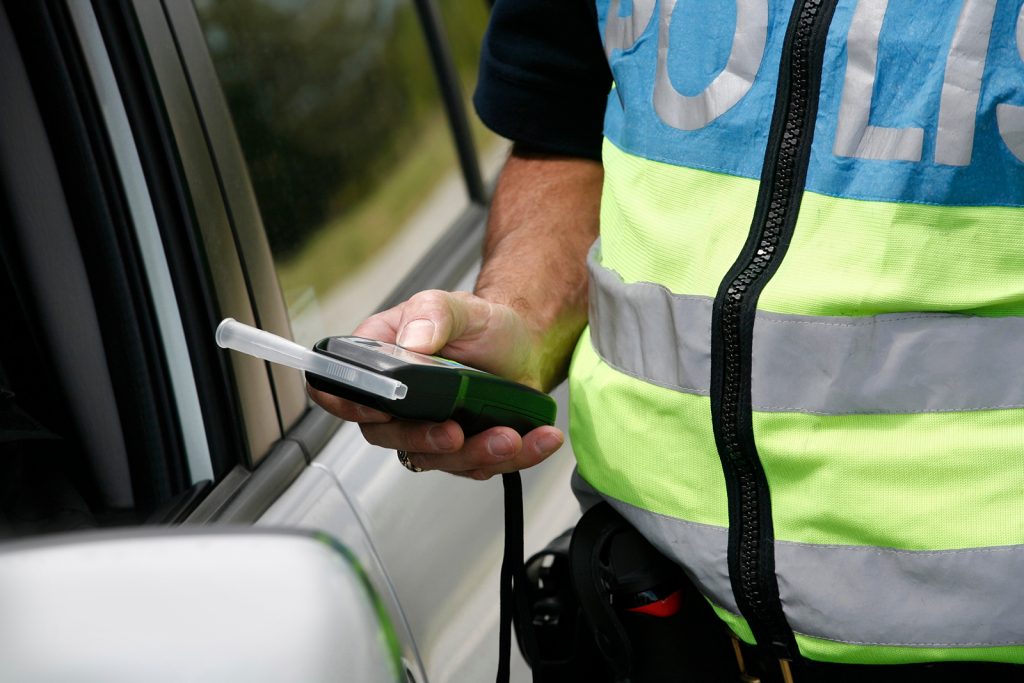Spain has been one of the latest countries to announce that it will push through a legal reform to lower the allowed blood alcohol level. The maximum will be 0.2 grams per litre for all drivers and up to 0.10 milligrams of exhaled air. More than half of accidents are related to alcohol or drugs and society is “ready” to accept this change and further reduce road accidents, according to the country’s Ministry of the Interior.
The Spanish decision is inspired by the previous decisions of other European countries such as Sweden, Poland, Estonia and Norway, where the maximum blood alcohol level is already 0.2 grams per litre. In addition, there are four other countries that have already set a 0.0 blood alcohol level: Slovakia, Hungary, the Czech Republic and Romania. The rest of the European countries, including Spain, France and Germany, have a maximum permitted blood alcohol level of 0.5 grams.
A scenario that seeks zero mortality at the wheel and invites us to ask ourselves: Who was the first person fined for testing positive for being under the influence of alcohol at the wheel? Because yes, this is a fact that is recorded. And it happened before the first devices to measure alcohol levels were developed. We have to go back to 1936, when the Drunkometer, patented by Dr. Rolla Harger, was invented. It was a device that measured alcohol in people’s breath. Years later, in 1953, Robert Borkenstein invented the breathalyzer. Although the first arrest in history related to alcohol and driving came earlier, paradoxically.


His name was George Smith. He was 25 years old when he became one of the 12 men chosen by Walter C. Bersey’s London Electric Cab Company to drive a new innovation: its electric taxis. These cars quickly became popular, but the project only lasted two years: from 1897 to 1899. In their first year of operation, they lost £6,200. The reason? They were not very profitable. Nicknamed “hummingbirds” because of the shrill sound of their engine, the drawback was their weight: they weighed no less than 711 kilos. This caused the tyres to wear out quickly and the wooden rims to burst.
George Smith’s experience was even shorter: only 22 days had passed since he was first employed when this London taxi driver became the first drunk driver in history to be arrested. An article in the British newspaper Morning Post recounted the accident. It took place at 00:45 on Friday 10 September 1897. The man crashed the taxi he was driving into the building located at number 165 New Bond Street. As a result, he smashed the window frames of an apartment and part of the building’s plumbing system.
George Smith was arrested by Constable Russell and pleaded guilty to drink driving. He admitted that he had had “two or three glasses of beer” and apologized. The young man added that it was “the first time” he had been accused of “drunk driving a taxi”, according to the statement. The Marlborough Street Police Court fined him 20 shillings. A shilling was equivalent at the time to one-twentieth of a pound. That would be approximately one pound in total. In other words, just over one euro at the current exchange rate. It may even have been low at the time: right now, in the UK, the fine for drunk driving is £2,500 (about €2,700) and can also involve prison sentences and a driving ban.

Many years have passed, but people still drive after drinking alcohol. Even in the United Kingdom, the land of George Smith, despite the fact that it is one of the European countries with the most expensive fines for drunk driving. In 2021, 240 fatal accidents were recorded due to drunk driving. And every year, according to data from the British Department of Transport, an average of 200 people die in traffic accidents linked to alcohol consumption.
These accidents have not been eliminated by improving techniques or increasing controls. After this first case, in the 19th century, officers determined drunkenness by checking, for example, balance, coordination and eye movement. In other words, they checked if physical abilities were impaired, which was very subjective. As early as the first decades of the 20th century, some blood alcohol tests were developed, but they were not performed in situ. The closest thing to the breathalyzer was the balloon test developed by Rolla N. Harger, a biochemist at Indiana University. The problem was that the results were not very precise and, in addition, only a doctor could perform this early test.

The first breathalyzer finally arrived in the 1950s. In 1954, the aforementioned Robert F. Borkenstein invented the first reliable test. Its maker, a criminologist photographer, found the key with a portable device based on a chemical test to calculate the amount of alcohol in the blood. The driver was made to blow into a small tube and the breath reached a vial containing a solution of sulfuric acid (50%), potassium dichromate (0.25%) and silver nitrate (0.25%) as a catalyst. The result was given by two photocells, which changed color depending on the concentration of alcohol in the blood.
An invention very similar to the current ones, which will soon have a lower acceptable amount of alcohol. In any case, going back to 19th century England or to the roads of today’s world, the safest rate is 0.0, as emphasized by the General Directorate of Traffic of Spain. “Under the influence of alcohol, many more errors are made at the wheel, and decision-making becomes slower. Alcohol causes obvious alterations in behavior and affects almost all the psychophysical capacities necessary for safe driving. Even below the legal limit, the risk of an accident will be increased. Therefore, it is best to avoid driving after having consumed any amount of alcohol,” they say.